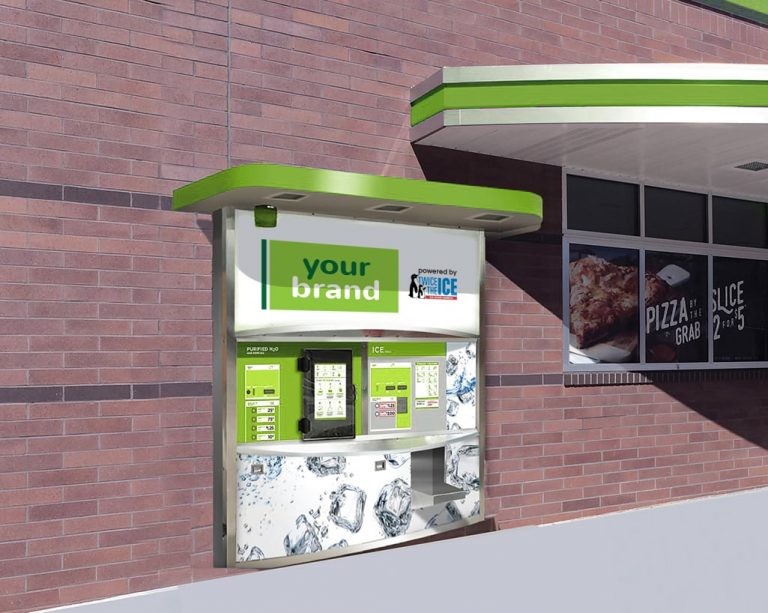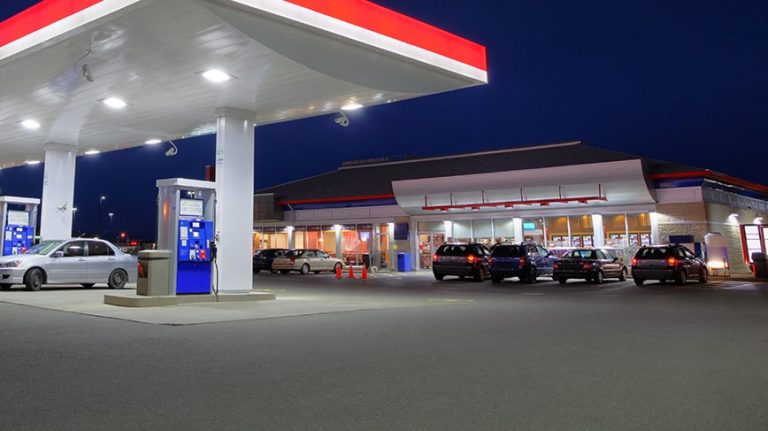Posted on: August 26, 2021 | Retailers
Shopping habits changed dramatically during the course of 2020, and many of these trends continue into 2021. Americans have always shopped differently at convenience stores compared to grocery stores, and these behaviors have changed further in the last two years. As customers’ expectations have shifted, many convenience store owners are leveraging new technology to adapt to these new shopping habits.
Trends in Convenience Store Shopping: New Technology and Shopping Habits
Self-Service Ice
Self-service ice makes ice purchases easier for both customers and workers. Ice and water vending machines allow customers to purchase ice and water at any time, without asking an employee to unlock the ice bunker. This allows employees to continue to serve customers, removes the need to take inventory of ice or track deliveries, and also helps to prevent theft. The ice vending machine is also available 24/7, so customers can purchase ice whenever they need to. Since the ice machine produces ice using a high-quality filtering process and the local water supply, it will continuously refill, so it’s able to keep up with demand more easily.
Reduce Inventory, Reduce Expenses and Improve ROI with Automated Ice Vending
Learn More >
Self-Service Propane
Similar to traditional ice bunkers, propane requires convenience store staff to unlock a storage area so a customer can purchase a propane tank. Amerigas’s self-service propane tank exchange allows customers to purchase propane tanks directly, without the need for an employee’s intervention. With a propane dispenser, customers can even refill their own containers. Similar to ice vending, propane self-service allows employees to serve customers and take on important tasks, while customers can purchase propane whenever they need to.
Cashless Checkout and Automation
Automation is making it easier than ever for customers to quickly find the items they need at the convenience store. Automation is also making this process more hygienic. In some stores, such as Amazon’s new chain of convenience stores, Amazon Go, the process is completely cashless and completely automated. The need for self check-out stations is even eliminated; with the store’s “Just Walk Out Technology,” customers simply grab items from store shelves and sensors track the items. The store charges the customer’s Amazon account automatically, with no need to checkout.
Biometric Identification
Other high-tech convenience stores around the world are experimenting with similar technology. Convenience stores in South Korea scan a customer’s palm to identify them, allowing them to pay for items with no cash, cards, or phones. The biometric scanner, called HandPay, identifies customers using the unique veins in their palm. Unlike fingerprint scanning, it doesn’t require users to actually touch the surface of the scanner, making it more hygienic. Though this technology is still in a testing phase, other stores are already using other biometric technology, such as facial recognition technology, for touchless payments and security.
Delivery
During the 2020 COVID-19 pandemic, many customers did what they could to reduce their interactions with the public. For many customers, this meant reducing trips to restaurants, grocery stores and convenience stores. Delivery became the preferred alternative for these trips. Food delivery app business more than doubled during the pandemic, which includes restaurant delivery as well as grocery store delivery.
Convenience stores that have added delivery capabilities to their business in response to these trends have seen positive results. Often, this does not mean adding an employee, but rather making goods available on an existing on-demand delivery app.
Increasing Comfort Food Sales
During economically uncertain times, sales of comfort foods and vices tend to increase. This has held true for convenience store sales. Sales of candy, chocolate, alcohol, tobacco and similar items have increased substantially over the last year. Convenience store owners who have highlighted these items, expanded their inventory and added new items have seen success.
Emphasis on Sanitation
With the threat of illness looming, buyers around the globe prioritized sanitation. Sales of hand sanitizer alone increased 600%. Sales of other cleaning and hygiene products increased similarly and, in many cases, were difficult to keep in stock. Grocery stores and similar stores increased their inventory of these items, and many convenience stores did the same. Hand sanitizer and face masks, in particular, became new fixtures on convenience store shelves. How long these sales will remain above average is hard to determine, but chances are good that these items will continue to be important for at least the next year.
Less Breakfast, But Lunch Remains Stable
A study of convenience store shopping habits showed a 16% increase in convenience store shoppers making breakfast at home. Lunch behavior remained surprisingly static, despite many workers now working from home. Regular customers are essential to convenience stores, and enticing these lunchtime visitors with additional options may be an effective way to make up for the loss in breakfast sales.
Interest in CBD Products Increasing
Products containing cannabidiol oil, or CBD, are catching customers’ attention at convenience stores. Surveys indicate that over half of consumers (and 70% of Millennial customers) are interested in CBD products. That includes hot and cold drinks, candy, baked goods and more.
It’s worth noting that CBD contains less than 0.3% of THC and is not known to produce a “high.” Some customers may not know this, as many CBD products use somewhat unclear marketing messages. Others may be interested in CBD products for their supposed calming or pain-reducing effects, though evidence of these effects is still unclear. The legality of these products and how they can be marketed is also a murky area, presenting some concerns for convenience store owners. Staying up-to-date on federal, state and local laws will be important for convenience store owners seeking to leverage the rising interest in these products.
Customer shopping habits usually change slowly from year to year, however 2020 was a year of rapid change for many industries. How well these changes hold up is hard to say, but some of these trends are here to stay. Leveraging technology and keeping a close eye on consumer preferences will help convenience store owners keep growing their business.
Retailer's Guide to Ice & Water Vending
Traditional bagged ice hasn’t changed in decades. Download the guide to learn how ice and water vending is better for consumers, store managers and retail chain owners.
Download the Guide


